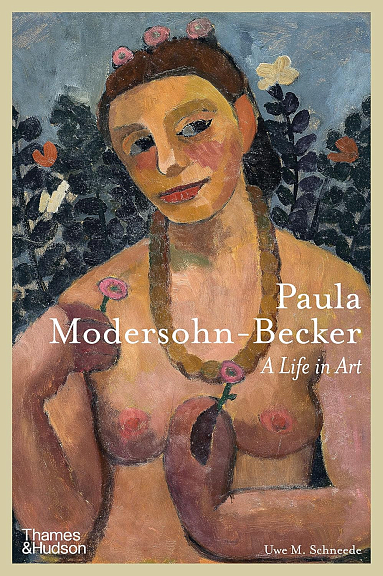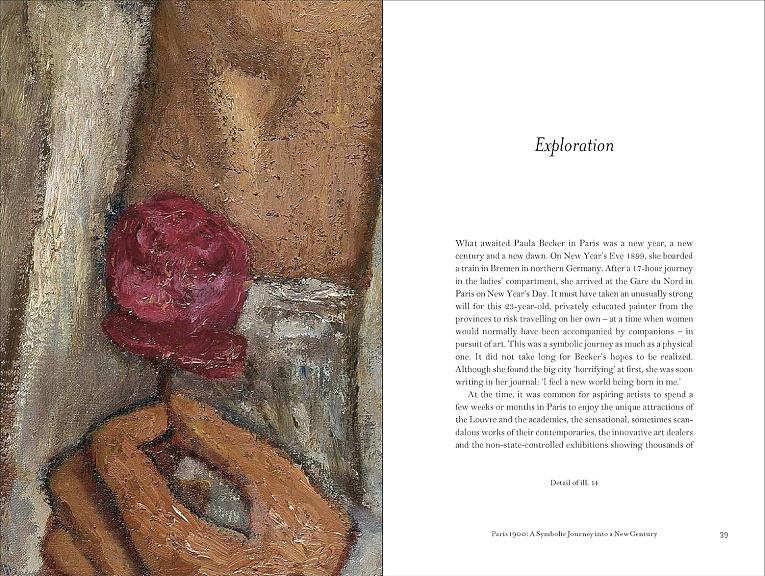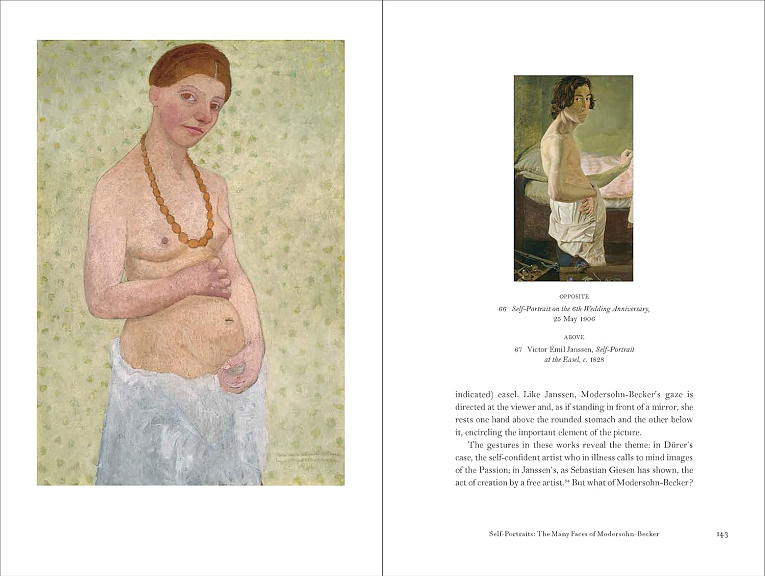-
Книги
- Нонфикшн
- Гуманитарные науки
- Деловая литература
- Естественные / Точные науки
- Книгоиздание
- Лайфстайл
- Словари / Энциклопедии
- Художественная литература
- Детектив
- Драматургия
- Классическая проза
- Мифология. Эпос
- Поэзия
- Собрания сочинений
- Современная художественная проза
- Фантастика. Фэнтези
- Биографии / Мемуары
- Графические романы / Комиксы
- Детские книги
- Воспитание. Педагогика
- Детский досуг
- О детских книгах
- Познавательная литература
- Художественная литература для детей
- Журналы / Зины
- Архитектурные
- Гуманитарные
- Журналы о моде
- Зарубежная периодика
- Искусство / Фотография
- Кино / Театр
- Лайфстайл
- Книги «Подписных изданий»
- Книги на иностранных языках
- Английский язык
- Испанский язык
- Итальянский язык
- Книги на иностранных языках для детей
- Немецкий язык
- Финский язык
- Французский язык
- Шведский язык
- Книги о кино
- Книги о музыке
- Книги о средневековье
- Книги о театре
- Книги о фотографии
- Книги об искусстве / Книги об архитектуре
- Альбомы по искусству
- Архитектура
- Декоративно-прикладное искусство
- Живопись
- Искусствоведение
- Орнаменты
- Прочее
- Танец
- Татуировка
- Творческое развитие
- Книги по философии
- Кулинарные книги
- Николай Солодников рекомендует
- Предзаказ
- Про дизайн / Про моду
- Путеводители / Книги о путешествиях
- Канцелярские товары
-
Подарки
- Брошки и значки
- Гирлянды
- Закладки
- Игры
- Календари
- Наклейки
- Наши сувениры
- Открытки
- Всякие-разные
- Наборы открыток
- Поздравления
- Про любовь и другие хорошие чувства
- С писателями и поэтами
- С цветами, овощами и фруктами
- С цитатами и другими фразами
- Подарочные сертификаты
- Постеры
- Прочее
- Сумки и шоперы
- Упаковка
- Подарочные сертификаты
Адрес магазина: Санкт-Петербург, Литейный пр., 57
Paula Modersohn-Becker
| Издательство | THAMES & HUDSON |
|---|---|
| Год издания | 2022 |
| Переплет | Твёрдый |
| Страниц | 240 |
| Формат | 162x236 мм |
| Язык | Английский |
| ISBN | 978-0-50002562-8 |
| Артикул | 1200593 |
An accessible introduction to the life and work of this trailblazing pioneer of early modernism, published to coincide with a major exhibition at the Royal Academy, London.
Paula Modersohn-Becker is today hailed as one of the great pioneers of modernism. When she died in 1907 at the age of just 31, she had completed more than 700 paintings and 1,000 drawings and prints. Despite selling only a few paintings during her lifetime, her distinct style, daring subject matter and perseverance in overcoming barriers to women left a significant artistic mark on the brief epoch between the old and the new, and paved the way for the German avant-garde.
Uwe M. Schneede, one of the foremost experts on Modersohn-Becker’s work, shows how the artist translated her life’s experiences into her own, very distinctive, pictorial language. He focuses in particular on her time in Paris, where she absorbed the luminous palette and expressive brushwork of the French avantgarde, and which so strongly impacted her ambitions and artistic trajectory. Schneede’s lively narrative is supported by some 120 illustrations, and peppered throughout with quotations from Modersohn’s letters and diaries.
Подписка на рассылку
Мы будем присылать вам обзоры книг, промокоды и всякие-разные новости






